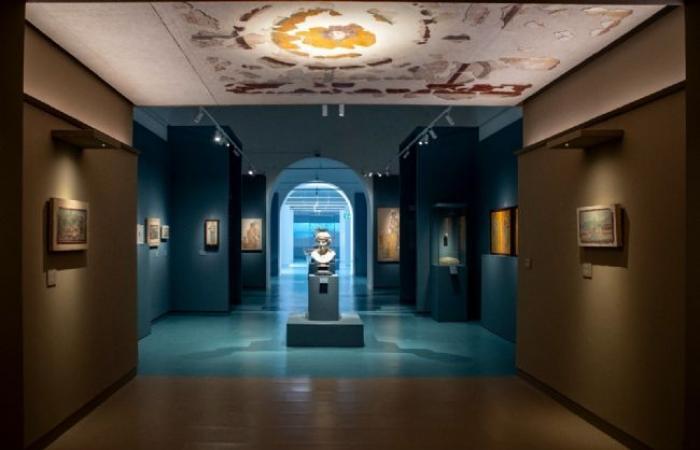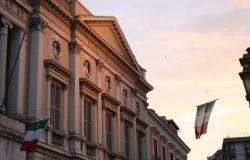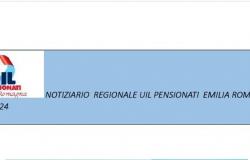Culture & Entertainment
Castellammare – The Archaeological Museum of Stabia Libero D’Orsi expands its exhibition itinerary
Coming from the MANN, an obsidian cup with Egyptian motifs and a bust of a Julio-Claudian princess.
From July 3, the Archaeological Museum of Stabia Libero D’Orsi expands its exhibition itinerary with new finds.
An obsidian cup with Egyptian motifs and a portrait bust of a Julio-Claudian princess, attributed to Claudia Octavia, daughter of Claudius and first wife of Nero, directly from the collections of the National Archaeological Museum of Naples (MANN) together with frescoes exhibited for the first time, will expand the Museum’s exhibition.
The finds are on loan, thanks to the Enhancement Agreement signed in 2023 between the Archaeological Park of Pompeii and the MANN aimed at enhancing the Stabian heritage, and through which the Museum’s collection has already been integrated since its reopening last March.
“The archaeological museum of Stabia is increasingly the protagonist of a territorial network of sites and places of culture of inestimable value – underlines the Director of the Park, Gabriel Zuchtriegel – We have already planned a meeting with the newly elected mayor of Castellammare, Luigi Vicinanza, to talk about future projects. Connections with public transport, decorum and signage are some of the priorities that I would like to address together with the municipal administration. In the meantime, work is being done on reception services at the villas of Stabia, where important restoration and accessibility works are underway”.
Among the works arriving, of particular value for their uniqueness and beauty, there is one of the three obsidian cups, decorated with precious stones and Egyptian motifs, found in Villa San Marco by Libero D’Orsi.
On 21 and 22 May 1954, during the excavation work in room no. 37, numerous fragments of finely worked obsidian were found, as well as a considerable quantity of gold threads and tiny inlays of malachite, yellow jasper, lapis lazuli, white and pink coral, some still inserted in lattices of gold sheets, which constituted a rich inlay decoration. Having understood the exceptional nature of the discovery, the finds were immediately
transferred to the restoration laboratory of the National Archaeological Museum of Naples.
The restoration work allowed the recomposition of two skyphoi (cups) with Egyptian-style decoration (Cup A and Cup B), a smaller skyphos with plant elements preserved almost entirely (Cup C) and part of a phiale (cup) with a Nile scene. Cups A and B depict traditional Egyptian cult scenes; cup C, which will arrive at the Archaeological Museum of Stabia, is characterised by a multicoloured decoration, inlaid with gold and precious stones of red, green, white, pink, yellow and blue, consisting of leaves, flowers and a bird perched on the central stem.
The type of representation is based on “Egyptian” models, a fashion that became popular in Rome after the conquest of Egypt following the battle of Actium in 31 BC. The preciousness of the materials used and the technique, which requires highly specialized craftsmen, make these vases masterpieces of Alexandrian craftsmanship and, above all, lead us to think of an exclusive patronage.
Another find on display is the well-known portrait bust of a Julio-Claudian princess, attributed to Claudia Octavia, daughter of Claudius and first wife of Nero, found in the lararium of the small peristyle of the villa of Anteros together with the inscription of Anteros and Heracleus, also on display in the museum.
This is a dedication to the Lares and the Family by two characters, Anteros and Heracleus, a freedman and a servant of the family in which they served. The absence of an indication in the text of the gens, to whom the dedication is addressed, would suggest the high rank of this family to the point that its name is not indicated, given its notoriety. Therefore, they could be freedmen and members of the imperial family, who kept and displayed a portrait of the imperial princess in their home.
The curators of the new exhibition are Maria Rispoli, Director of the Museum and Teresa Argento, Restorer of the Reggia di Quisisana.
Tuesday 2 July 2024 – 15:46 | © REPRODUCTION RESERVED






